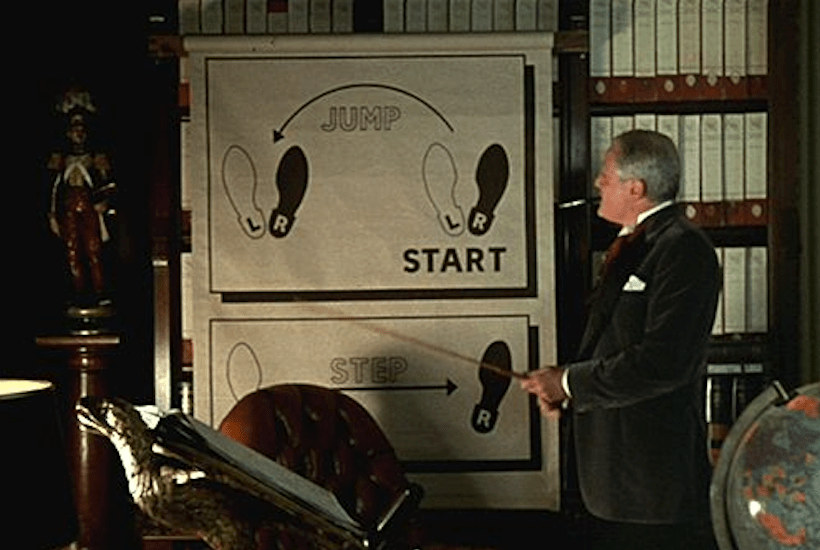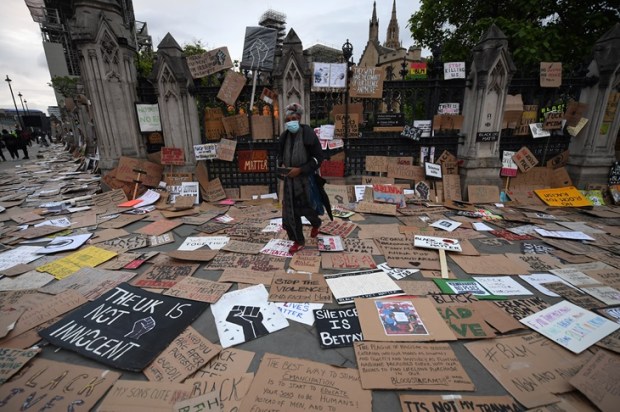While Australia’s constitution was finally approved — ratified — by the Australian colonial people in 1900, the process of choosing the kind of constitution the people wanted began back in the 1850s and continued via the federal convention in 1897 to its ratification.
That choice, when it was finally made, was an informed choice. Ordinary people were better educated about the political scheme the constitution employed and the alternatives than almost everyone today. Our colonial legislation mandated the delegates to be elected to draft a federal Constitution which was to be ratified by the colonial peoples.
“Governments are instituted among Men, deriving their just powers from the consent of the governed,” someone once said.
While the people’s education was advanced by the numerous organisations established across the colonies, both federalist and anti-federalist, the press, too, made important contributions by providing in-depth articles by the relevant people, both critical and supportive of federal and unitary schemes.
Australia’s population in the fifty years prior to federation in 1901 was largely British based and English-speaking and there was nothing unknown about the Westminster unitary scheme and its responsible government.
As a result, the most difficult hurdle faced was to convince the people that a federal scheme like that of the United States would provide better government for such a large nation than the English unitary scheme; that, without states with independent powers, the development of the States would be controlled by either Sydney or Melbourne.
While a federal scheme and responsible government comprised the machine of government, it was its responsibility to the people that guaranteed its republican character, what lawyers call a constitutional monarchy.
In a galaxy far, far away, Professor Peter Van Onselen last weekend came to the conclusion that the collapse of the Royals evidenced by the Rexit of Harry and Megan was an appropriate time for another attempt to become a republic. He was, it seems, tired of the debate between monarchists and republicans.
What he called a debate, I would describe as nauseating, dull white-noise we have had to tolerate since the 1999 referendum’s rejection of Malcolm Turnbull’s eponymous “minimalist” republic. While it is similar to wind farm noise, it comes from a minority who do not accept the majority’s decision.
Their undemocratic whine shows both their ignorance of republican government and our constitution. In his quite humorous article, Onselen suggested that the two step process that lost Bill Shorten the last election, would be the best strategy for these political wind-farmers; Step I, a plebiscite to see if people wanted a republic without describing its detail; then Step II, a plebiscite to approve the chosen model.
Since Step II is mandated by the existing Constitution, Step I will be nothing more than an Escher staircase that appears to be going up until Step II ends up back at the 1999 result. Step I, therefore, does not guarantee that step 2 will give republican success; very much a Shorten result.
I would be surprised if any Australian is foolish enough to vote for Van Onselen’s Step I, but I am mindful of the fact that there is a large percentage of migrants who, like Van Onselen, have no idea what a republic is and who do not understand the significance of “we the people” for a republican Constitution. Since many migrants don’t have English fluency, but come from dictatorships, it is unlikely that they will vote for change.
The Leader of the 1897 Constitutional Convention, later prime minister and High Court judge Sir Edmund Barton QC, replied to the demand by some Victorian delegates for the Constitution to mandate plebiscites to decide contentious issues, replied:
I challenge anyone who takes that view to mention any measure in regard to which the public can give an intelligent and decisive opinion, “yes” or “no,” without qualification.
How much more apt are Barton’s words when people will be asked to change the Constitution with nothing more than a promise that it will be a republic. Since Van Onselen, Turnbull and his friend, Pirate Pete, have shown their inability to recognise republican government, even one that stares them in the face, how can the public be expected to give a useful answer?
Any first year university political science student familiar with the writings of John Locke will know that Australia is already a republic. After all, it was Locke who turned the UK from an absolute monarchy to a republic with his Bill of Rights and it was Locke who was the source of inspiration for the United States Constitution and the Declaration of Independence that stand behind our own.
Dr David Long is a retired solicitor and economist.
Illustration: 20th Century Fox.
Got something to add? Join the discussion and comment below.
Got something to add? Join the discussion and comment below.
Get 10 issues for just $10
Subscribe to The Spectator Australia today for the next 10 magazine issues, plus full online access, for just $10.


























Comments
Don't miss out
Join the conversation with other Spectator Australia readers. Subscribe to leave a comment.
SUBSCRIBEAlready a subscriber? Log in